Methyl 2-phenylacetate

Methyl 2-phenylacetate structure
|
Common Name | Methyl 2-phenylacetate | ||
|---|---|---|---|---|
| CAS Number | 101-41-7 | Molecular Weight | 150.174 | |
| Density | 1.1±0.1 g/cm3 | Boiling Point | 218.0±0.0 °C at 760 mmHg | |
| Molecular Formula | C9H10O2 | Melting Point | 49 - 50ºC | |
| MSDS | Chinese USA | Flash Point | 90.6±0.0 °C | |
Use of Methyl 2-phenylacetateMethyl phenylacetate is an endogenous metabolite. |
| Name | Methyl phenylacetate |
|---|---|
| Synonym | More Synonyms |
| Description | Methyl phenylacetate is an endogenous metabolite. |
|---|---|
| Related Catalog |
| Density | 1.1±0.1 g/cm3 |
|---|---|
| Boiling Point | 218.0±0.0 °C at 760 mmHg |
| Melting Point | 49 - 50ºC |
| Molecular Formula | C9H10O2 |
| Molecular Weight | 150.174 |
| Flash Point | 90.6±0.0 °C |
| Exact Mass | 150.068085 |
| PSA | 26.30000 |
| LogP | 1.97 |
| Vapour Pressure | 0.1±0.4 mmHg at 25°C |
| Index of Refraction | 1.505 |
| InChIKey | CRZQGDNQQAALAY-UHFFFAOYSA-N |
| SMILES | COC(=O)Cc1ccccc1 |
| Stability | Stable. Combustible. Incompatible with strong oxidizing agents, strong bases. |
CHEMICAL IDENTIFICATION
HEALTH HAZARD DATAACUTE TOXICITY DATA
|
| Personal Protective Equipment | Eyeshields;Gloves;half-mask respirator (US);multi-purpose combination respirator cartridge (US) |
|---|---|
| Hazard Codes | Xn:Harmful; |
| Risk Phrases | R21 |
| Safety Phrases | S23-S24/25 |
| WGK Germany | 2 |
| RTECS | AJ3175000 |
| HS Code | 29163500 |
| Precursor 9 | |
|---|---|
| DownStream 10 | |
| HS Code | 2916399090 |
|---|---|
| Summary | 2916399090 other aromatic monocarboxylic acids, their anhydrides, halides, peroxides, peroxyacids and their derivatives VAT:17.0% Tax rebate rate:9.0% Supervision conditions:none MFN tariff:6.5% General tariff:30.0% |
|
Identification of olfactory receptor neurons in Uraba lugens (Lepidoptera: Nolidae) and its implications for host range.
J. Insect Physiol. 78 , 33-46, (2015) Phytophagous insects detect volatile compounds produced by host and non-host plants, using species-specific sets of olfactory receptor neurons (ORNs). To investigate the relationship between the range... |
|
|
Tuning the catalytic properties of lipases immobilized on divinylsulfone activated agarose by altering its nanoenvironment.
Enzyme Microb. Technol. 77 , 1-7, (2015) Lipase from Thermomyces lanuginosus (TLL) and lipase B from Candida antarctica (CALB) have been immobilized on divinylsulfone (DVS) activated agarose beads at pH 10 for 72 h. Then, as a reaction end p... |
|
|
The scent ofMycobacterium tuberculosis
Tuberculosis (Edinb.) 88(4) , 317-23, (2008) Worldwide, tuberculosis (TB) kills nearly 2 million people annually, yet rapid diagnosis still relies on a 100-year-old method of sputum staining for acid-fast bacilli. The advent of solid phase micro... |
| Benzeneacetic acid, methyl ester |
| Methyl phenylacetate |
| methyl 2-phenylacetate |
| Phenylacetic Acid Methyl Ester |
| MFCD00008453 |
| EINECS 202-940-9 |
 CAS#:67-56-1
CAS#:67-56-1 CAS#:201230-82-2
CAS#:201230-82-2 CAS#:100-39-0
CAS#:100-39-0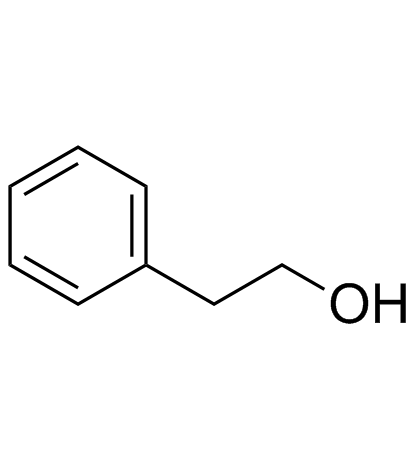 CAS#:60-12-8
CAS#:60-12-8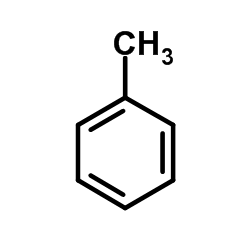 CAS#:108-88-3
CAS#:108-88-3 CAS#:103-82-2
CAS#:103-82-2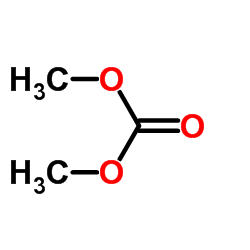 CAS#:616-38-6
CAS#:616-38-6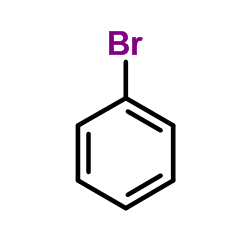 CAS#:108-86-1
CAS#:108-86-1 CAS#:38330-80-2
CAS#:38330-80-2 CAS#:1087-36-1
CAS#:1087-36-1![methyl N-[(2-phenylacetyl)amino]carbamate structure](https://image.chemsrc.com/caspic/101/104484-87-9.png) CAS#:104484-87-9
CAS#:104484-87-9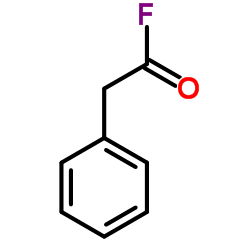 CAS#:1578-63-8
CAS#:1578-63-8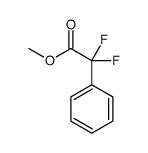 CAS#:56071-96-6
CAS#:56071-96-6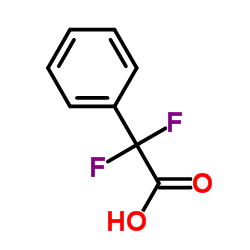 CAS#:360-03-2
CAS#:360-03-2 CAS#:17841-30-4
CAS#:17841-30-4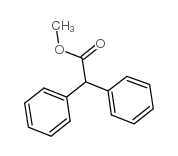 CAS#:3469-00-9
CAS#:3469-00-9 CAS#:3558-60-9
CAS#:3558-60-9 CAS#:4606-15-9
CAS#:4606-15-9
